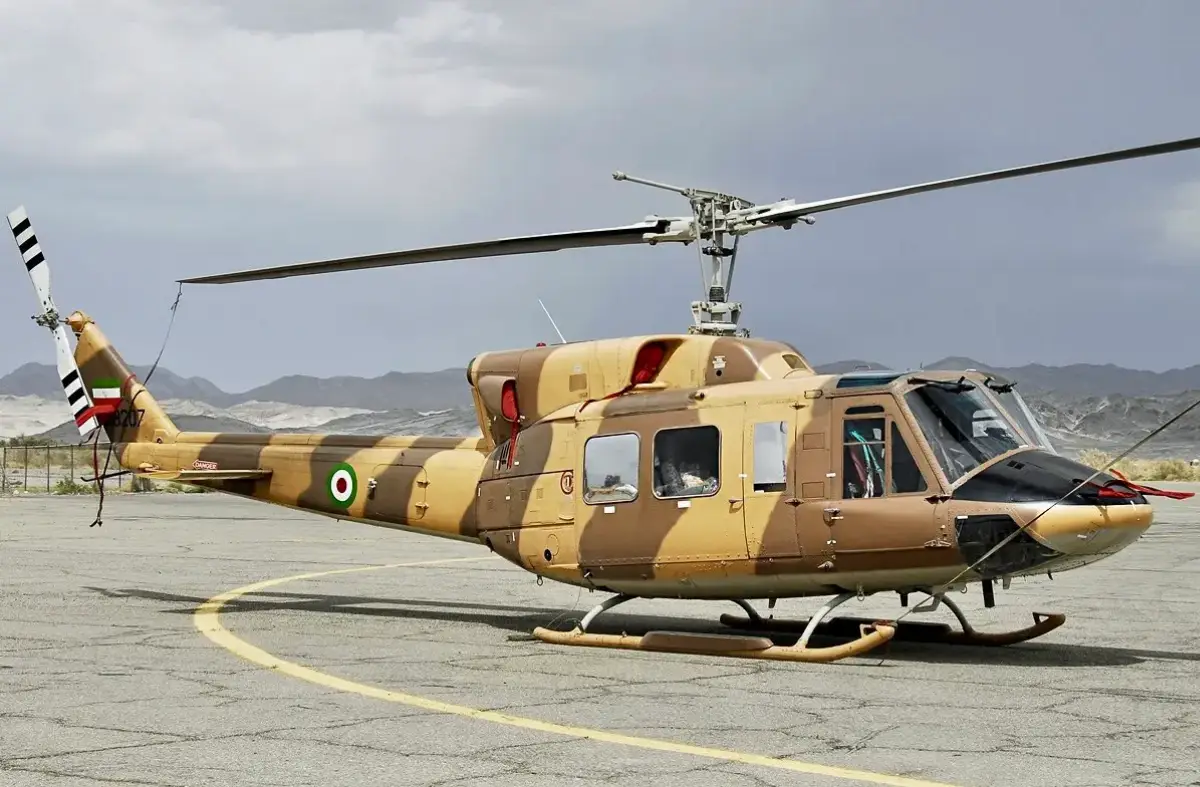
Raisi death: the official version is missing on the helicopter accident
Ten days after the crash there has been no in-depth statement from the Iranian government

The authorities are silent, no explanation. Ten days after the plane crash in which the president of Iran, Ebrahim Raisi, died, Tehran government has not provided an official version yet. The causes and exact dynamics why the Bell 212 military helicopter (registration 6-9207) of the Islamic Republic of Iran Air Force (Iriaf) crashed in the Dzmar forest, in a mountainous area, are shrouded in total darkness .
There are numerous questions. Why was the helicopter Raisi was on the only one of the three that crashed while they were crossing a thick blanket of clouds? How is it possible that one of the eight passengers, the religious leader Mohammadali Al-Hashem, survived and answered several phone calls after the crash?
At the moment Tehran only says that the General Staff of the armed forces "is still investigating". The few partially official news are those broadcast by state television: the pilot of the helicopter Raisi was on gave instructions to increase the altitude to emerge from the blanket of clouds, losing contact 30 seconds later, while the other helicopters, alerted, they managed to land only 20 minutes later.
An expert from the Washington Institute for Near East Policy, Farzin Nadimi, interviewed by the "Voice of America", expresses doubts about the official version: a "technical failure could have contributed to this accident, or the pilot could have incorrectly calculated the pressure barometric". The attitude of the aircraft at the time of impact suggests that it crashed with heavy force. However, in the initial stages of the accident, the impact force probably threw Al-Hashem out of the cockpit. "It seems strange" that survived and that "the pilot's phone escaped the impact, ending up close enough for him to answer calls".
Furthermore, according to the intelligence site "Stratcom", the aircraft had been manufactured in 1994, had accumulated over 10,000 flight hours, had a certification that limited its operation to visual flight only (Vfr, Visual Flights Rules), that is, conditioned by meteorological conditions (VMC, Visual Meteorological Conditions), as it lacks IFR (Instrument Flight Rules) avionics which would have allowed instrument flight.
On the same topic, see also the article published by AVIONEWS.
AVIONEWS - World Aeronautical Press Agency